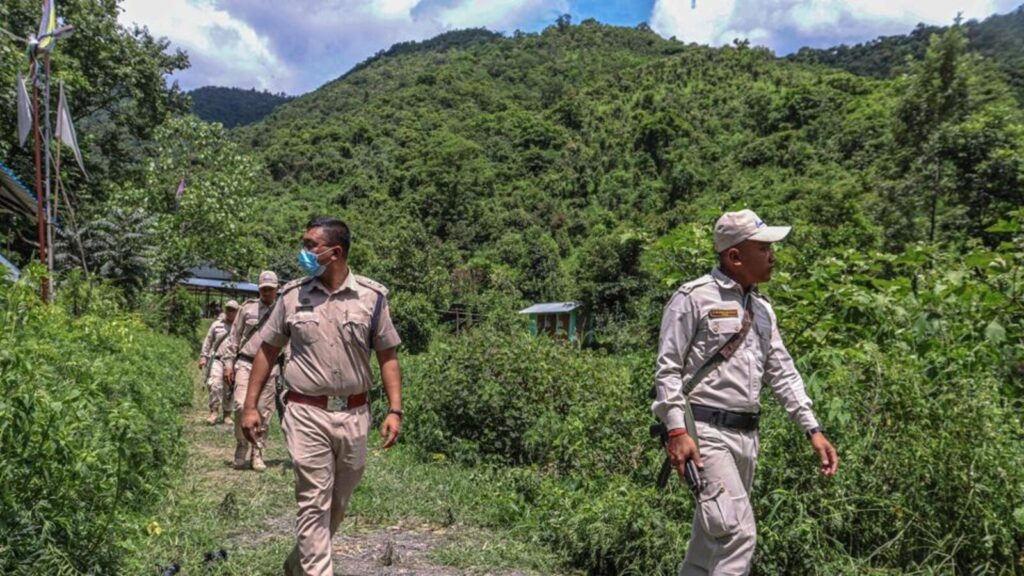The peace deal signed by the Centre with the United National Liberation Front (UNLF), the oldest insurgent group in the state with significant influence in the Meitei society, is a welcome development in a region that has been wrecked by ethnic violence. This move is also in continuation of the Centre’s policy in the Northeast since the late 1980s, which has been to pursue peace by engaging with militant groups in a dialogue, rather than continue a war of attrition. This policy led to the end of the insurgency in Mizoram in 1986, and the ceasefire signed by the Centre with the National Socialist Council of Nagaland (NSCN) Isak Swu-Muivah faction in 1997 has ensured a tenuous peace in Nagaland. The 2015 framework agreement has cemented this peace, though a closure to the insurgency remains elusive. Multiple peace deals — with ULFA, Bodo and Dimasa groups — have calmed Assam, and enabled the Centre to withdraw the Armed Forces (Special Powers) Act from large parts of the region. The Meitei insurgency has multiple strands; the UNLF is divided, though it is unknown which faction has more firepower. The complex terrain of militancy in the Northeast is crowded, and peace has to be negotiated by engaging with factional leaders. Incidentally, Delhi’s improved relations with Myanmar had forced many groups, which had hideouts there, to abandon armed struggle.
The bigger, immediate concern in Imphal remains the volatile ethnic environment. The Meiteis and Kukis have yet to put behind the recent violence, which saw close to 200 killings. Reconciliation is a long haul, but the government and civil society need to convince them to bury the past and move on.

